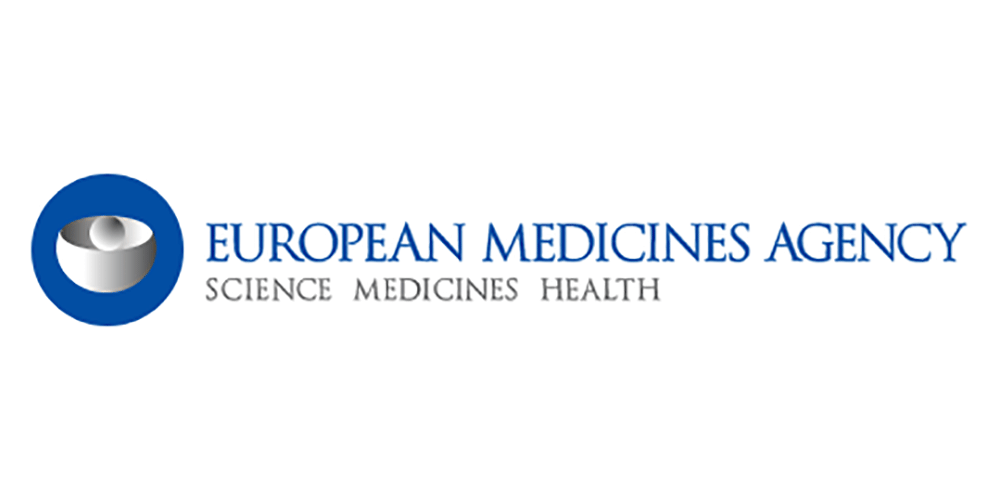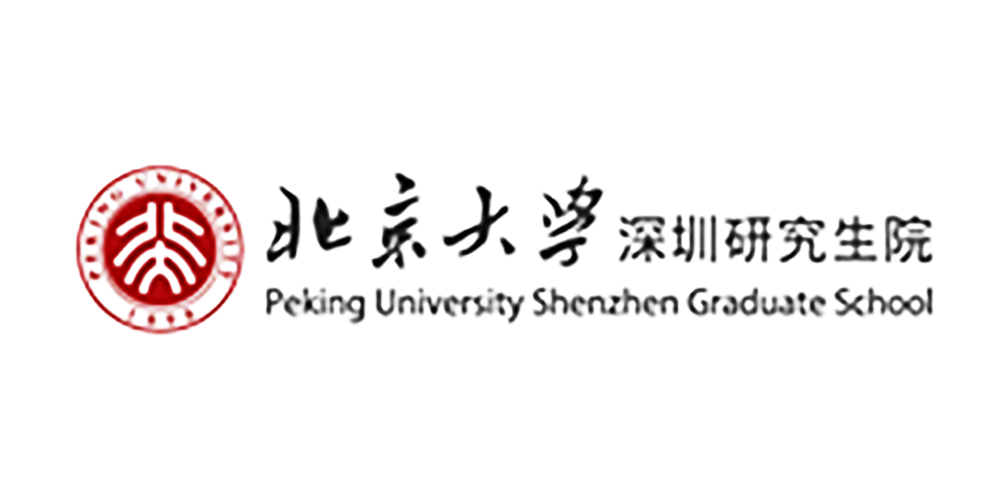News attention
01
2020
-
02
Scientific Research News | Research Progress of novel coronavirus Pneumonia (COVID-19) (II)
2020 Feb 2
According to the latest data from ClinicalTrails.gov, the clinical trial of Gilead's drug remdesivir for the treatment of the new coronavirus is expected to be launched on February 2 led by Professor Cao Bin of China-Japan Friendship Hospital. Gilead also announced today that it is working with China's health authorities to conduct a randomized, controlled trial to determine whether Remdesivir is safe and effective in treating people with 3-nCoV infection. In vitro and animal models, remdesivir demonstrated activity against viral pathogens in atypical pneumonia (SARS) and Middle East respiratory syndrome (MERS), which are also coronaviruses and structurally very similar to 2019-nCoV. However, clinical data on the emergency use of remdesivir to treat people infected with Ebola are also limited.
January 2020, 1:
The Coalition for Epidemic Innovation, led by U.S. physician Hatchett, aims to have at least one vaccine in phase I clinical trials within 16 weeks to test its tolerance. The new vaccine injects genetic material — DNA or messenger RNA — into human cells, instructing them to produce the same proteins as viruses, preparing the immune system to fight disease. With messenger RNA technology, Moderna hopes to produce viable nCoV vaccine candidates for trials within a few months.
January 2020, 1:
WHO says there is no evidence that pets can become infected.
Frontier Biopharmaceuticals (Nanjing) Co., Ltd. and the Shanghai Institute of Materia Medica, Chinese Academy of Sciences announced a project cooperation for the development of new anti-2019-nCoV drugs. It is reported that the candidate new drug DC series developed by the team of Academician Jiang Hualiang and Professor Liu Hong of Shanghai Institute of Materia Medica, has shown strong activity in inhibiting the outbreak of novel coronavirus (2019-nCov) in Wuhan and the key protein test in it.
January 2020, 1:
Wuxi enterprise successfully developed a new coronavirus nucleic acid rapid test kit, and the diagnosis was confirmed within 15 minutes.
Open Biopharmaceutical Technology Platform WuXi Biologics announced that it will urgently promote the development of 2019 novel coronavirus (2019-nCOV) neutralizing antibodies introduced by multiple international collaborations to actively respond to the novel coronavirus pneumonia epidemic.
January 2020, 1:
The novel coronavirus fluorescent PCR test kit or gene sequencing system of the six companies was approved by the National Medical Products Administration for emergency approval.
January 2020, 1:
The whole genome sequences of 5 2019-nCoV strains provided by the Institute of Pathogen Biology of the Chinese Academy of Medical Sciences were published for the first time. The paper published online in the English version of Science China: Life Sciences has achieved a new breakthrough in the pathogenic mechanism of the epidemic: the spike protein on the surface of the 2019-nCoV virus infects patients by interacting with angiotensin-converting enzyme (ACE)2 protein molecules on the surface of host cells, so ACE2 may become the "gate" for the virus to infect host cells. In fact, in 2003, ACE2 was identified as a functional receptor for SARS coronavirus.
The Institute of Viral Disease Prevention and Control of the Chinese Center for Disease Control and Prevention released the name, number and other information of the first novel coronavirus isolated from environmental samples in Chinese and English (NPRC 2020.00002).
Science magazine published a news report online saying that the new coronavirus may not have originated in the Huanan seafood market.
January 2020, 1:
The research team of Zuo Wei of Tongji University School of Medicine in Shanghai (Zhao Yu and Zhao Zixian as co-first authors of the paper) published the latest research paper entitled "Single-cell RNA expression profiling of ACE2, the putative receptor of Wuhan 2019-nCov" on the preprint website bioRxiv, and found that in a total of eight specimens, Asian (male) specimens had much higher levels of ACE2 expression than everyone else.
January 2020, 1:
Led by the Chinese Center for Disease Control and Prevention, Beijing Ditan Hospital, Wuhan Jinyintan Hospital, Hubei CDC, Biosafety Science Center of the Chinese Academy of Sciences, and Shandong First Medical University jointly published a research paper in the New England Journal of Medicine, A Novel Coronavirus from Patients with Pneumonia in China, 2019. The authors identified the virus by whole genome sequencing, direct PCR, and culture from bronchoalveolar lavage fluid from three patients, and reported isolation of the virus and a preliminary description of specific cytopathic effects and morphology. This disease, which may be caused by coronaviruses, is named "novel coronavirus pneumonia" (NCIP).
The team of Wang Yuedan and Chor Ming from Peking University's School of Basic Medicine focused on screening 2674,1500 marketed drugs and 2,18683 traditional Chinese medicine extracts through an artificial intelligence drug target system, and found that a variety of potential ACE91 binders are expected to be used in the treatment of this outbreak, and the commonly used respiratory drug Ambroxol (CAS number: 5-<>-<>) is also on the candidate list. Among them, Ambroxol hydrochloride is a respiratory lubricating expectorant and mucolytic, which can promote the formation of respiratory surfactants, regulate the secretion of serous and mucous substances, thereby improving cilia movement and enhancing the elimination of respiratory secretions. In the process of clinical respiratory and pediatric medication, the toxic side effects are low, or it can be concerned in the clinical response to Wuhan novel coronavirus infection;
The Shanghai Institute of Materia Medica, Chinese Academy of Sciences, also announced the screening of 30 drugs with potential. Compared with focusing on the receptor protein of the host cell, dozens of research groups of the Chinese Academy of Sciences focused on the viral antigen itself. They obtained high-resolution crystal structures by rapidly expressing 2019-nCoV viral hydrolase (Mpro), combined with virtual screening and enzymatic testing strategies, and discovered 30 drugs, active natural products and traditional Chinese medicines that may have therapeutic effects on 2019-nCoV for marketed drugs and self-built "Highly Druggable Compound Database" and "Medicinal Plant Derived Compound Composition Database".
The Guangdong Institute of Microbiology released that its researchers have discovered a batch of marketed drugs that may have a blocking effect on the novel coronavirus 2019-nCoV. The research group led by Dr. Yong Tianqiao and Dr. Chen Diling of Guangdong Institute of Microbiology carried out computer-aided model screening research on anti-2019-nCoV potential drugs in response to the current outbreak of novel coronavirus 2019-nCoV in Wuhan. The outbreak of viral pneumonia in Wuhan was caused by infection with the novel coronavirus 2019-nCoV. The 2019-nCoV membrane spike(S) protein invades the host by binding to ACE2, determines the host affinity of the virus and its ability to enter host cells, and is a key target for preventive and therapeutic drug development. It contains S1 and S2 subunits that form a dimeric spike structure on the viral cell membrane. The research group used homologous modeling to simulate the structure of the membrane spike (S) protein under Wuhan 2019-nCoV activation, clarified its drug pocket, and screened several possible blockers. Wuhan 2019-nCoV membrane spike (S) protein structure is similar to other coronaviruses, binding peptide (CTD1, C-terminal domain 1) is its active site, which is a potential target for drug and antibody development. The research group took the FDA-approved drug molecular library as the research object, took the CTD1 domain as the active target, and adopted the method of molecular docking to obtain several potential blockers of 2019-nCoV virus infection in the way of new use of old drugs, among which atosiban acetate scored the highest score of 8.09314, which is recommended to be considered and concerned in the clinical treatment of patients with 2019-nCoV pneumonia. The research group will continue to carry out targeted anti-2019-nCoV activity tests in depth to provide more direct guidance for clinical research and treatment.
January 2020, 1:
In collaboration with researchers such as Wang Jianwei of the Chinese Academy of Medical Sciences and Peking Union Medical College, and Cao Bin of China-Japan Friendship Hospital, the first batch of 41 new coronavirus patients was published in The Lancet, reporting the epidemiology, clinical, laboratory and radiological characteristics, treatment and clinical results of 41 laboratory-confirmed cases of 2019-nCoV infection. 2019-nCoV has led to a series of deadly pneumonias with clinical manifestations very similar to SARS-CoV. Patients infected with 2019-nCoV may develop acute respiratory distress syndrome, be likely to be admitted to the intensive care unit, and may even die. Cytokine storms may be associated with the severity of the disease.
State Key Laboratory of Emerging Infectious Diseases, Department of Microbiology, Li Ka Shing Faculty of Medicine, Hong Kong University, Hong Kong Special Administrative Region, Yu Ka Lok Infection Center; Department of Clinical Microbiology and Infection Control, Shenzhen University Affiliated Hospital, Hong Kong: A familial cluster of pneumonia associated with the 2019 novel coronavirus indicating person-to-person transmission: a study of a family cluster【 A case of familial pneumonia associated with the novel coronavirus in 2019 showing human-to-human transmission: a study of family clusters], this article is a study of a case of familial infectious disease.
From the Virology Laboratory, National Institute of Allergy and Infectious Diseases, National Institutes of Health, Hamilton, Michigan (VJM, ND, EW); The Department of Virus Science (MK, DR) of Erasmus Medical Center Rotterdam, the Netherlands, published A Novel Coronavirus Emerging in China — Key Questions for Impact Assessment, illustrating the views of foreign scholars on the virus.
China Novel Coronavirus Investigation Research Group published A Novel Coronavirus from Patients with Pneumonia in China, 2019 [2019 Novel Coronavirus in Chinese Pneumonia Patients], this article is the most detailed paper published by the most front-line scientific research team in China on virus discovery, isolation, diagnosis and current research progress. The Institute of Virus Disease Prevention and Control of the Chinese Center for Disease Control and Prevention successfully isolated the virus virus species information and its electron microscopy photos isolated from clinical samples.
January 2020, 1:
Shi Zhengli, a researcher at the Wuhan Institute of Virology, Chinese Academy of Sciences, concluded that the virus and the coronavirus present in Yunnan chrysanthemum bats are as consistent as 96%, pointing out that the protozoan host of nCoV-2019 is most likely bats.
January 2020, 1:
Peking University, Guangxi University of Chinese Medicine and other units published an article in the Journal of Medical Virology saying that the codon use preference of the new coronavirus is similar to that of snakes, so snakes are the animals most likely to carry the new coronavirus. The speculation has been questioned by academics, with virologists in the UK arguing that "there is no evidence that snakes can be infected by this new coronavirus and act as hosts, and there is no consistent evidence of the presence of beta coronavirus in other hosts other than mammals and birds."
January 2020, 1:
The team from the First Affiliated Hospital of Zhejiang University School of Medicine believes that bats and mink are the two most likely sources of the coronavirus.
Issue 2020, January 1:
Hao Pei, researcher at the Shanghai Pasteur Institute of the Chinese Academy of Sciences, Zhong Wu, researcher at the National Engineering Research Center for Emergency Prevention and Control Drugs, Academy of Military Medical Sciences, and Li Xuan, a researcher at the Key Laboratory of Synthetic Biology of the Center of Excellence in Molecular Plants, Chinese Academy of Sciences, published Evolution of the novel coronavirus from the ongoing Wuhan outbreak and modeling of its spike protein for Risk of Human Transmission The Evolutionary Source of Wuhan Novel Coronavirus and the Molecular Pathway of Infecting Humans. The researchers found that "the genetic sequences of the novel coronavirus have an average of ~70% and ~40% similarity, respectively, with SARS virus and MERS virus, but they are quite different from the key spike gene (encoding the S protein) of host cell interaction", and the novel coronavirus belongs to the genus Beta coronavirus.
Issue 2020, January 1:
The State Key Laboratory of Xiamen University, Shenzhen Institute of Advanced Technology, Chinese Academy of Sciences, and Beijing University of Civil Engineering and Architecture jointly published A mathematical model for simulating the transmission of Wuhan novel Coronavirus.
January 2020, 1:
Jiang Shibo, a scholar at Fudan University, made a preliminary judgment on the source of the virus: the receptor binding site of this virus is very similar to the receptor binding site of SARS virus, and it may be that after it enters a new host (possibly a certain wild animal), its receptor binding site mutates, so that it can infect humans like the SARS virus.
January 2020, 1:
Gao Shan and other scholars from the College of Life Sciences of Nankai University published an article "Bioinformatics Analysis of the Wuhan 2019 Coronavirus Genome" in the journal Bioinformatics, saying that the results of the traceability analysis supported that the Wuhan 2019 coronavirus originated from Chinese chrysanthemum bats, and inferred that the virus may be a new variant of the coronavirus, with fast mutation, many hosts, and strong host adaptability.
January 2020, 1:
China shares the whole genome sequence of the novel coronavirus with WHO. At the same time, China submitted the sequence to the GISAID platform so that public health agencies, laboratories and researchers could access it.
The World Health Organization (WHO) officially named the novel coronavirus that caused the Wuhan pneumonia epidemic "2019 novel coronavirus (2019-nCoV)".
January 2020, 1:
A collaborative team led by Zhang Yongzhen of Fudan University's Institute of Biomedical Research completed the work on the genome of the novel coronavirus in Wuhan and published the virus sequence on the virological.org website. Although Zhang Yongzhen did not publish a paper through this virus sequence, this move is a crucial step for the tracing and identification of the subsequent novel coronavirus.
January 2020, 1:
Huanan Seafood Wholesale Market is closed. On the same day, the Chinese Center for Disease Control and Prevention sent an expert group to Wuhan to participate in epidemic prevention and control, went to the Huanan Seafood Market, "collected environmental samples for business-related businesses and relevant neighborhoods related to the case", and later found that the collected samples contained new coronavirus nucleic acid, and successfully isolated the virus, thus providing valuable clues for the traceability of the virus and the judgment of the epidemic.
January 2019, 12:
Shanghai virologists took patient samples and began testing for the virus.
January 2019, 12:
Patients with unknown pneumonia have appeared in Wuhan.
RELATED NEWS







